Pigaidakia is a village and the seat of the homonymous community in the Municipality of Phaistos, located in the Heraklion Regional Unit of Crete, Greece. It previously belonged to the Kainourgio province of the Heraklion prefecture. The village is situated in the western part of the Asterousia Mountains, south of the settlement of Pompia, and is 66 kilometers away from Heraklion.
The inhabitants of Pigaidakia are primarily engaged in agriculture, with a focus on the production of fruits and vegetables in the coastal area. Animal husbandry also plays a role in the local economy. A number of residents work at the ship supply company in Kaloi Limenes. The village has a kindergarten and a primary school.
Historical References
Pigaidakia’s recorded history can be traced back to at least the Venetian era. The village is mentioned in the 1583 Venetian census by Castrofylakas under the name “Pigadachia,” with a population of 319 inhabitants. This reference indicates a thriving community during the Venetian rule of Crete. The presence of a church dedicated to Saint George and remnants of frescoes in chapels like Agios Ioannis, along with an inscription dating back to 1507, further suggest that the village’s roots may extend even deeper into the Byzantine period.
Location
Pigaidakia is nestled amidst the western slopes of the Asterousia Mountains, south of the village of Pompia. This mountainous terrain has likely influenced the village’s development, shaping its agricultural practices and providing a degree of isolation and protection throughout history. The village’s proximity to the coast also offers opportunities for fishing and maritime activities, evidenced by the employment of some residents at the ship supply company in Kaloi Limenes.
Historical Significance
Although Pigaidakia might not be associated with major historical events or prominent figures, its enduring presence in the Asterousia region speaks to its resilience and adaptability. The village’s name, derived from the numerous small wells (“pigadia”) in the area, highlights the importance of water resource management for its agricultural communities throughout history. The surviving religious structures, including the church of Saint George and the frescoed chapels, serve as tangible links to the village’s Byzantine and Venetian past.
Population Data Over the Years
Year |
Population |
|---|---|
1583 |
319 |
2001 |
334 |
While the population appears to have remained relatively stable between the 16th and 21st centuries, it’s important to consider potential fluctuations during intervening periods, influenced by factors such as epidemics, conflicts, and economic shifts.
Current Status
Today, Pigaidakia remains a small, rural village with a close-knit community primarily engaged in agriculture. The cultivation of fruits and vegetables, along with animal husbandry, continues to be the backbone of the local economy. Employment opportunities at the nearby ship supply company offer additional income sources for some residents.
Despite its small size, Pigaidakia maintains essential educational infrastructure, ensuring that its younger generations have access to learning opportunities. The village’s rich cultural heritage, embodied in its churches and chapels, contributes to its unique identity and sense of place. Its blend of agricultural traditions, historical landmarks, and strong community ties make it a valuable part of the cultural mosaic of the Asterousia region.
Village Key Points
- Historical References: The village is mentioned in the 1583 Venetian census by Castrofylakas under the name “Pigadachia” with a population of 319 inhabitants.
- Location: Western Asterousia Mountains, south of Pompia, 66 kilometers from Heraklion.
- Historical Significance: While specific historical events associated with Pigaidakia may not be readily apparent, the village’s name, derived from the small wells (“pigadia”) surrounding it, suggests a long history of agricultural activity and water resource management in the area.
- Current Status: A small village with a population primarily engaged in agriculture, particularly fruit and vegetable production and animal husbandry.
Access
Pigaidakia is 12.2 kilometers away from the town Tympaki and 4.0 kilometers away from Antiskari















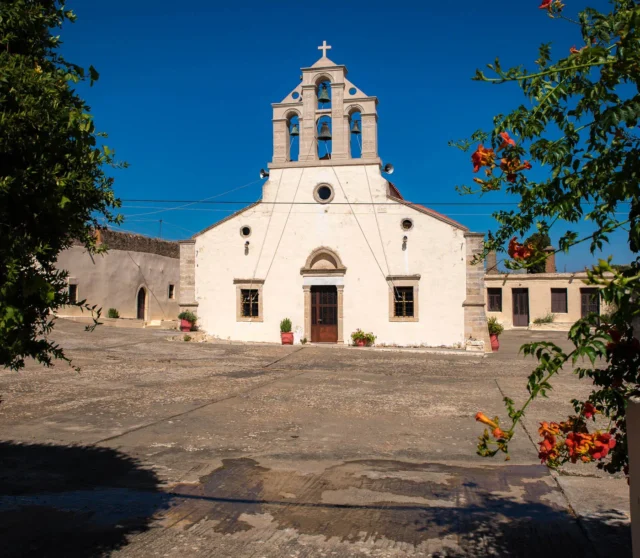


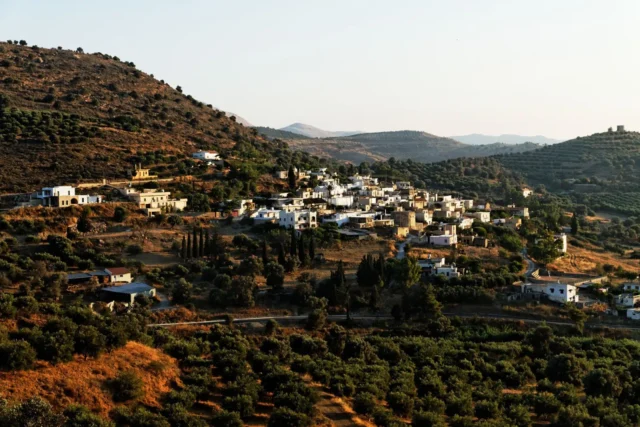

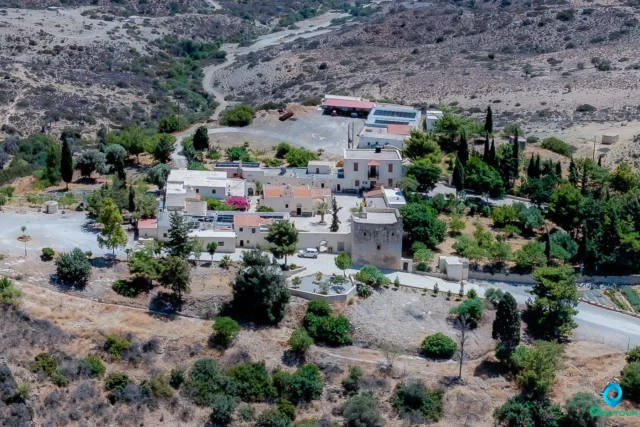


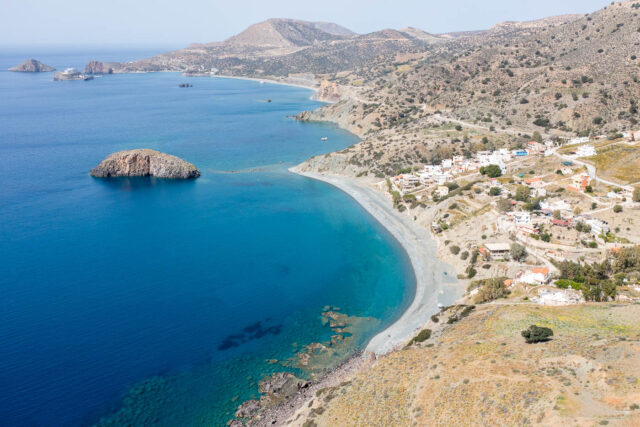

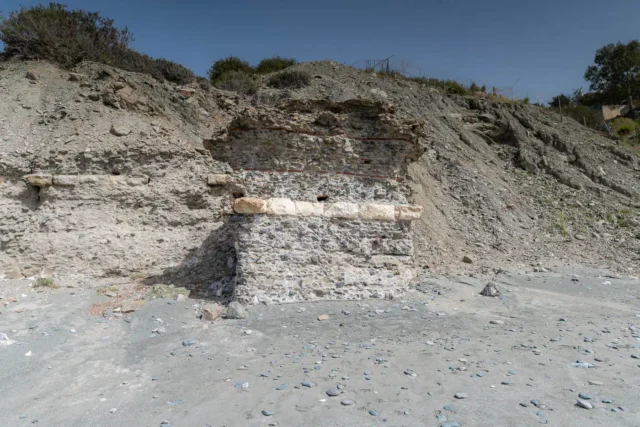
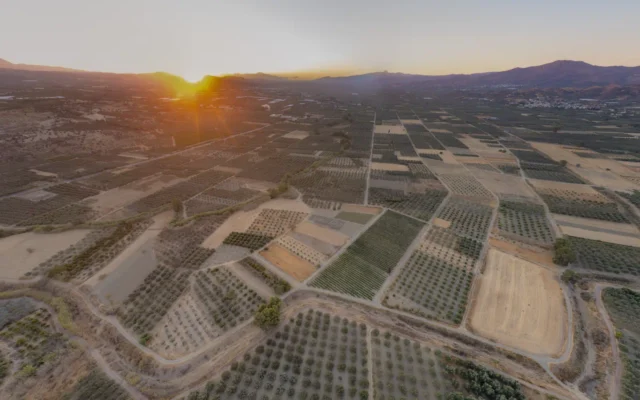
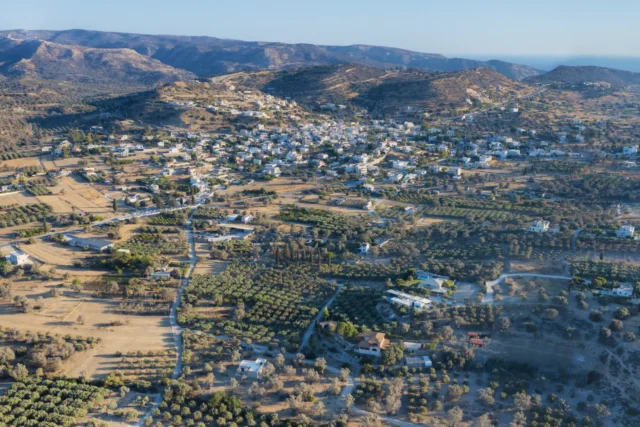
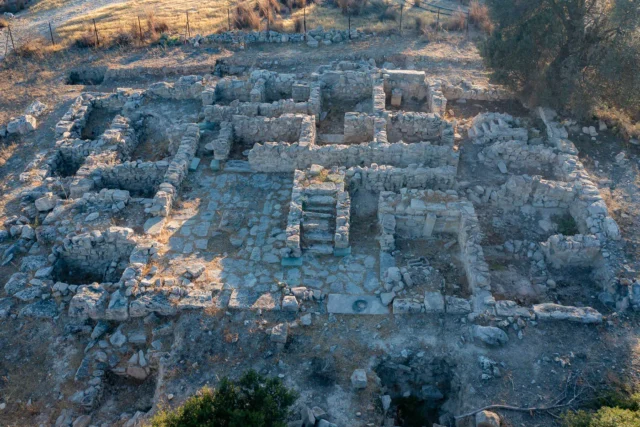

There are no comments yet.